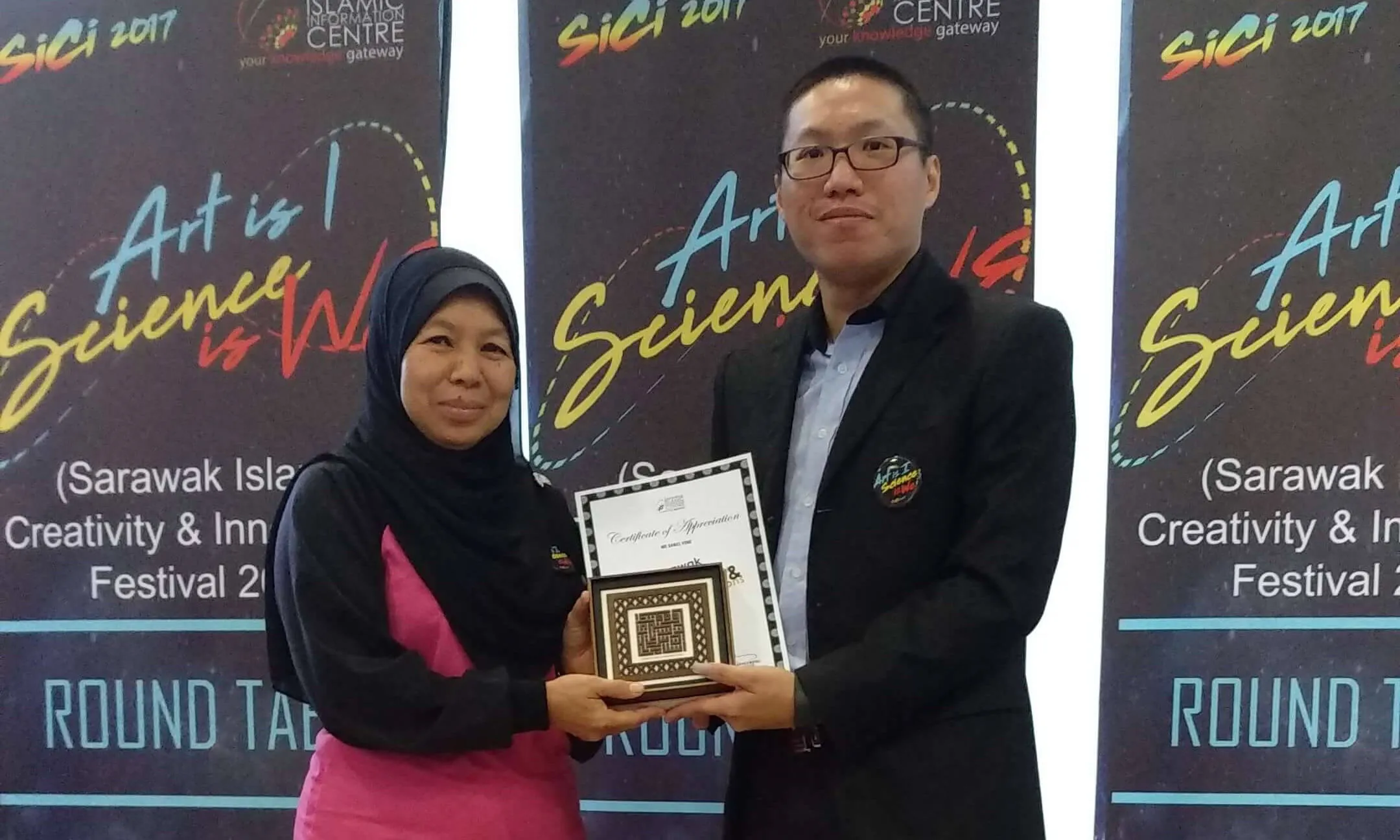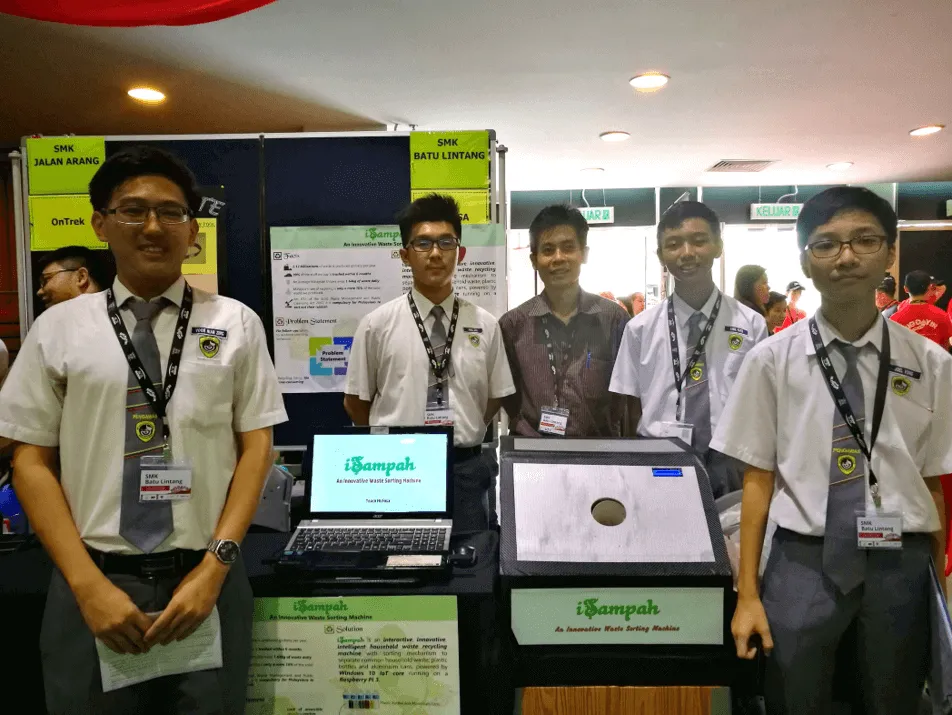We had the opportunity to share our knowledge and expertise on Internet of Things (IoT) in conjunction with Sarawak Islamic Creativity and Innovations Festival 2017 on 17 November 2017.
Sarawak Islamic Creativity and Innovations Festival 2017 is a 4-day event that focuses on science and art. A series of performances, competitions, exhibition and display, creative conversations, round table and sharing sessions, and workshops that has strong impact to the community organized by Islamic Information Centre, Sarawak.
What is Internet of Things (IoT)?
There are a lot of definition for IoT.
All of a sudden, all things have some sort of presence in our lives. As a matter of fact, it is interesting that we’ve always been mapping devices, usually with screens, to people. As an illustration, there is always a person that is logging in or signing into this and that. The number of devices exceed the number of people. Be that as it may, will now be completely unmanageable and we need to do it differently.
The Internet of Things really comes down to four key things: Physical “things” such as line of business assets, including industry devices or sensors. Those “things” that have connectivity to either the internet or to each other or humans. Those “things” have the ability to collect and communicate information – this information may include data collected from the environment or inputted by users. And then the analytics that comes with the data enable people or machines to take action.
In short, IoT is computation that is no longer limited to devices with screens, is far more pervasive, assumes an eventual connection to the cloud, and integrates into and enriches the environment and our everyday lives.
Why IoT matters?
Keeping things short and straight to the point, IoT helps companies gain insight and agility, build competitive edge, open new business opportunities, and redefine customer service.
Gain insights and agility
When you connect business systems and tap into new and existing data streams, you get real-time visibility into your processes, enabling you to make smarter decisions now, and better plan for the future.
Build a competitive edge
By putting the Internet of Things to work against the competition, companies can gain an edge that allows them to become leaders in their industry. When you harness your data and connect your people and infrastructure, you can unlock new opportunities, increase efficiency, delight customers, and gain a real advantage over the competition.
Open new business opportunities
By harnessing and analyzing data, organizations can more quickly spot trends, identify, and prepare for new opportunities, open new revenue streams, predict customer and partner behavior, and innovate faster.
Redefine customer service
When you build the Internet of Your Things, you gain greater insight into your customers’ wants and needs, allowing you to provide what they want—sometimes before they know they want it
When you create truly personalized experiences that surpass your customers’ needs, provide instant access to inventory information via a connected devices, or offer speedy, streamlined service, you raise the bar on customer service—and that leads to loyal, repeat customers.

IoT is here!
Sarawakians are very talented. For one thing, Sarawakians are already exploring into the vast opportunities with internet of things (IoT). Certainly, Sarawakians are not just technology consumers but technology producers.
We, the BAWA Cane team, had the honor to mentor a team for Young Innovators Challenge, Kuching some time April 2017 that won 2nd runner up for their revolutionary household waste sorting machine, iSampah. A project that impacts how inventory can be stock for maximum profits by understanding consumer behavior against environmental data.
To put it another way, iSampah is understanding the relationship between what we consume by knowing what we throw into bins and the environmental factors. If it is warmer, do we eat more? If so, what do we eat more? Can we restock those items before they run out?
The iSampah, operates on a Raspberry Pi 3 running Windows 10 IoT Core connects to services such as IFTTT and Adafruit.io, is able to notify nearest recycling centers when the bin is full and ready for collection. Additionally, the data could help optimize dump truck routing. All in all, moving towards smart city.

Comment below your thoughts about IoT.
Till then stay tuned!
Related Post:
Read our tech talk on 3D printing in conjunction with Tech-Aware @ MaGIC Sarawak here.
